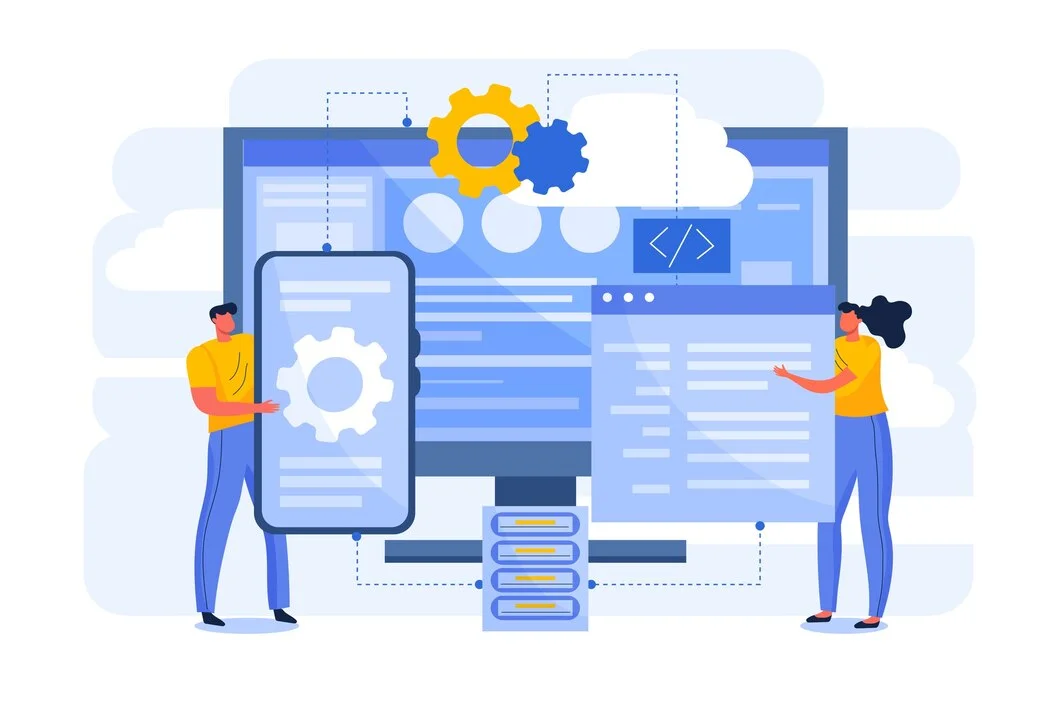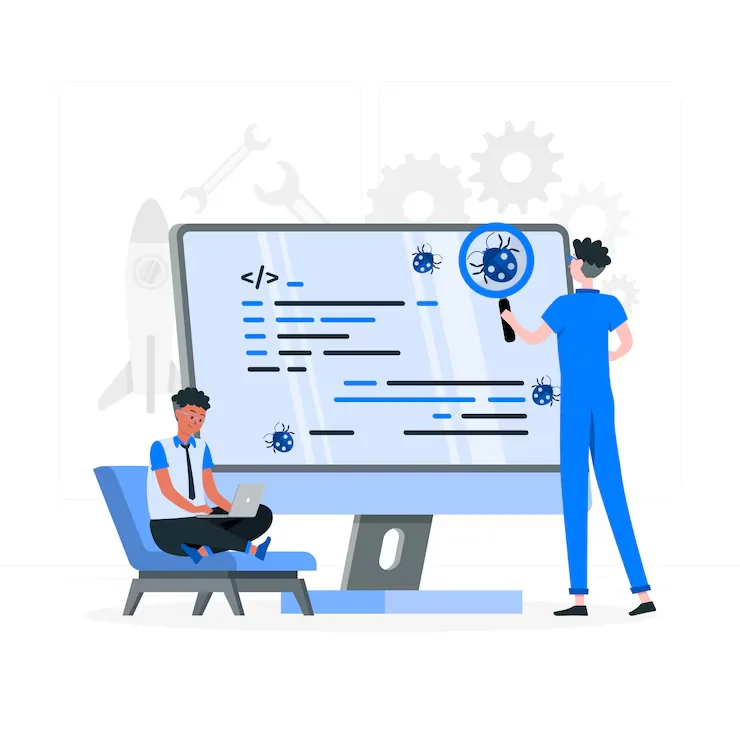Software Re-Engineering: Strategies for Building Better Apps
A software application may become outdated, bloated, and hard to maintain over time. With companies’ fast-evolving nature, software becomes the main tool to run all business operations. So, it is critical to keep up with applications for long-term sustainability. Re-engineering old applications helps adopt new technologies for better performance, scalability and flexibility in terms of updates. Below are the three main approaches to software that could be modified to be better and more sustainable.
1. Code Refactoring

Code refactoring involves restructuring existing code without changing its external functionality. Techniques like splitting large functions into smaller single-responsibility functions improve modularity by encapsulating units of logic into reusable components.
Consolidating duplicate blocks of code into shared functions enhances maintainability through DRY (Don’t Repeat Yourself) principles. Simplifying nested conditional logic into separate functions with descriptive names makes control flow more explicit. Replacing hardcoded constants with named constants or configuration files makes easy for parameterization. Simply put, refactoring seeks to enhance code readability and performance while reducing complexity and maintenance costs. It should be done iteratively with widespread testing in order to avoid bugs.
Regular, small refactoring increments, with the help of software re-engineering services, prevent the accumulation of technical debt over time, keeping applications adaptable to changing needs by enhancing internal code quality.
2. Platform Migration
The platforms and frameworks underlying applications eventually age and become unsupported. Migrating applications to modern infrastructure improve sustainability by baking in active support and scalability:
- Mainstream platforms like .NET and Java leverage large open-source ecosystems with third-party libraries, tools, and ample development resources. Their widespread use also future-proof applications.
- Modern platforms provide better modularity, security, developer productivity, and testing tools. For example, .NET Core emphasizes modular components with dependency injection.
- Cloud platforms like AWS and Azure simplify horizontal scaling to accommodate spikes in traffic volumes. Containers and serverless computing enable fine-grained resource allocation.
- Regular long-term support releases and schedules for platforms like Ubuntu Linux allow gradual upgrade planning.
The challenges with platform migrations include porting existing codebases, retraining developer teams, and managing organizational change. Transitioning to new platforms also often provides a fresh opportunity to refactor code and simplify architectures under the hood.
3. User Interface/Experience Modernization
While business logic matters, users ultimately interact with the UI and UX flows of applications. Modernizing these front-end elements improves visual appeal and usability. Simplifying complex workflows and removing unnecessary steps enhances user productivity, guided by task analysis and user research to identify pain points.
Adding mobile and single-page application support reaches users across more devices, which is enabled by responsive web design. Familiar design patterns help the interfaces to be more intuitive, for instance, eCommerce standarts like shopping carts and checkout flows. User testing feedback integrated into the UX decisions allows the UX design to be centered around actual user goals and thinking processes.
The implementation of modernized accessibility features for instance, screen reader compatibility and keyboard shortcuts, helps to support more users. A good UX encourages the use and contentment of the app, which in turn increases the application’s period of use. UI and UX refreshment, as well as frequent updates, helps to keep applications modern and fresh, which is perception-related as well.
Key Considerations for Re-Engineering

The demand for software reengineering will only grow as technology advances. Rewriting, porting, and UX revamping will help legacy apps operate in modern environments.
Here are best practices to guide software re-engineering initiatives:
- Achieving goals for success metrics such as performance benchmarks, cost savings, or user retention should be measurable. This directs the attention to the real success in the business by business success.
- Scrutinize the current architectures before you introduce a major change. This prevents a situation where the problem is being treated as a single issue instead of the bigger picture.
- Meeting the business goals, handling the technical debt, and maintaining user needs is key to achieving software sustainability. Take, for example, a UI that looks good but still has slower performance.
- Allocate budget for platform migrations. Engage in change management exercises to boost employee morale and productivity.
The correct approaches and planning can help companies enjoy the fruits of their software investment for the whole period. Depending on how it is done, re-engineering the application can be a life-giving process, bringing it up to date so that future innovation will be more achievable.

